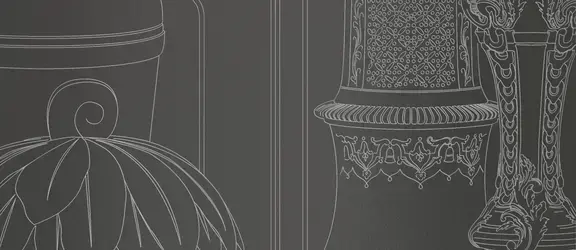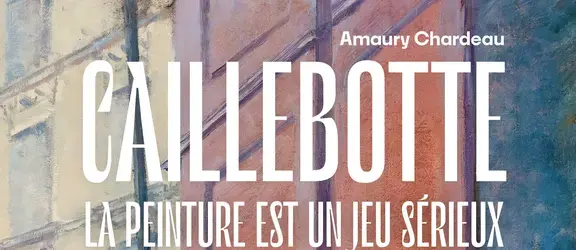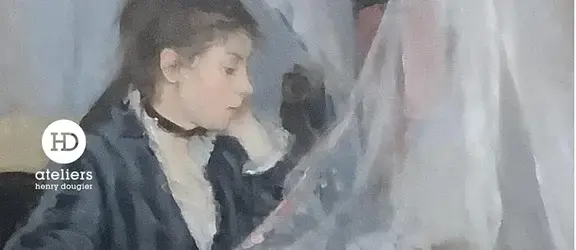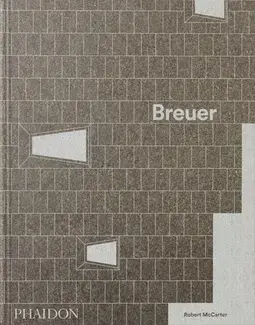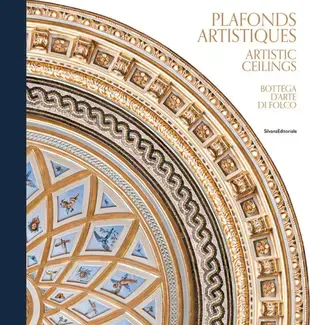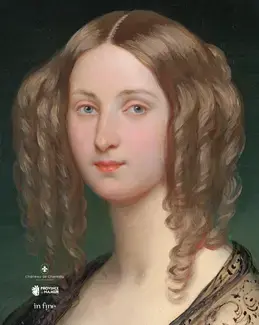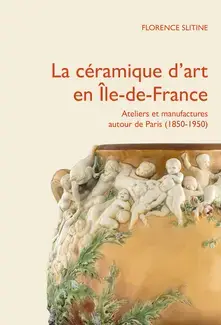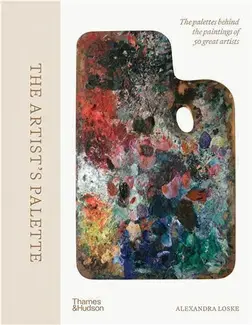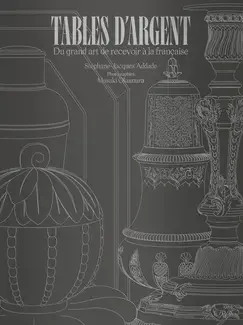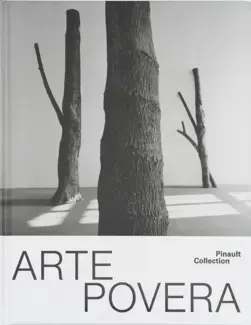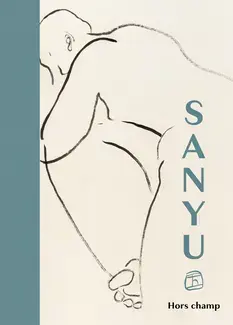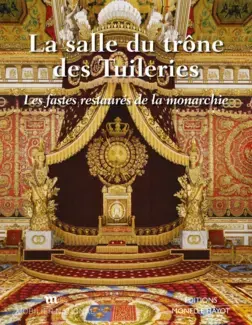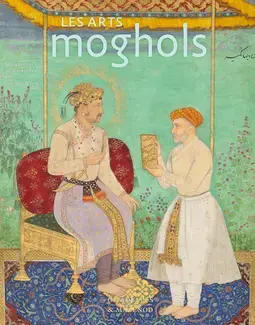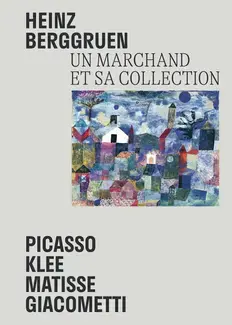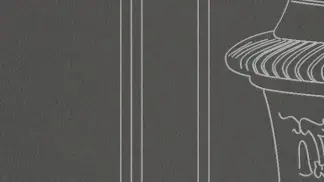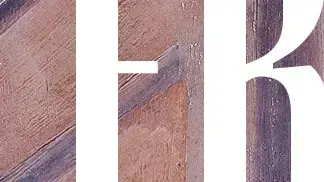 Home
Home
Librairie Lardanchet Paris
Navigation principale
Menu du compte de l'utilisateur
- My account
Breadcrumb
- Home
- Art books sections
- Painting
- Old masters

Louis Lagrenée, 1725-1805
Auteur(s) : Joseph Assémat Tessandier
Louis Lagrenée (1725-1805), a history painter with a successful official career, presented more than 150 paintings at the Salon du Louvre from 1755 to 1789. His paintings, which repeatedly aroused the enthusiasm of Diderot, were appreciated in financial and aristocratic circles, even at the Russian Court, and his triumph at the 1763 Salon gave him access to commissions for the royal residences.
Lagrenée then took part in the programme to encourage historical painting organised by the Count of Angiviller from 1777 to 1789. From his small cabinet paintings (Virgin and Child, allegories or mythological scenes) to large subjects inspired by ancient history, his refined and refined style with delicate colours earned him the nickname "French Albanian".
Based on the discoveries of recent years (sketchbooks, preparatory drawings and the reappearance of lost works), which have doubled the known corpus of Louis Lagrenée, thus differentiating him from his brother Jean-Jacques (1739-1821), this monograph sheds new light on his art, a precious milestone in the evolution of French painting towards the emerging neoclassicism.


We also
recommend

Titre

Titre
Titre
Bookshop
New book new


Titre



Titre

Titre
Titre
Bookshop
Favorites


Titre




Titre

Titre


